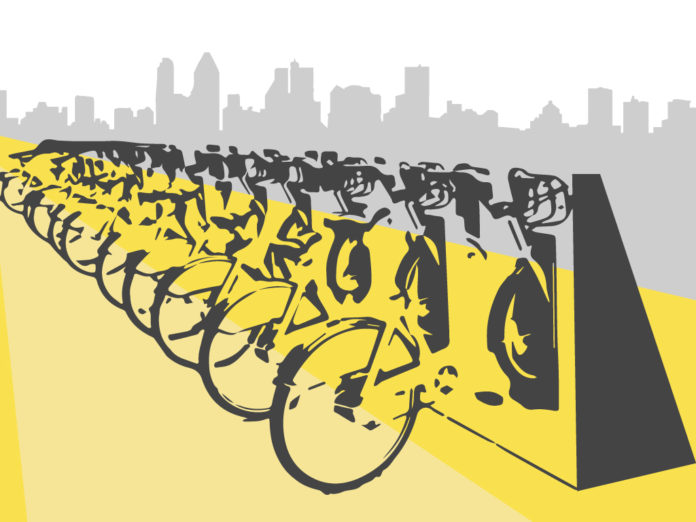In a month that marks the 95th year of Bike Week, we reflect on the influence bicycles have had on all aspects of society
The bike is 201 this year and much has changed since the first cyclist took gingerly to his wheels. There are now almost 1,000 cycle sharing schemes around the world, for example. Mass cycling could save the NHS £17bn in 20 years, avoid 500 road deaths a year and help to reduce smog, according to a study for British Cycling.
From infrastructure to emancipation, media to innovation, bikes have helped change our lives and outlook. We round up eight world changing bike movements.
1. The bike share revolution
Londoners got on board with the ‘Boris bike’ almost as soon as the bike sharing scheme was launched in 2010: one million journeys were recorded in a matter of months. But bike sharing is not a new concept. The first recorded scheme dates back to 1965 and the Dutch White Bicycle plan. Devised by Luud Schimmelpenninck, part of the Provo anarchist movement, which encouraged radical new ways of living, 50 white bikes were distributed – unlocked – around Amsterdam for anyone to use.
The only problem? Leaving a bike unlocked was a criminal offence, and the police soon cracked down. Provo retaliated by adding locks and painting the code on the frame, but the scheme failed to take off. Today, it is seen as the seed from which all other bike share programmes grew, including the first coin deposit system launched in 1991 in Denmark. Today, more than 1,000 cities have some sort of shared cycle programme, with an increasing number now investing in the dockless variety, which can be found and unlocked using a smartphone.

2. Turning the wheels of feminism
The last decade of the 19th century was a golden age for the bike, with its popularity rising among men and women alike. The introduction of the ‘safety’ bike – chain-driven with equal-sized wheels – coincided with a rise in feminism and helped to break down gender barriers, although clothing presented something of a problem. Victorian dress was notoriously restrictive and in 1881 the Society for Rational Dress was formed in London, opposing tight corsets, high heels and impractical skirts.
Not everyone approved of the dress or the bike riding, but in 1893 Tessie Reynolds made history by cycling from Brighton to London in 8.5 hours wearing pantaloons, a shirt and coat. More women followed suit, with divided skirts that allowed for easier mounting and dismounting growing in popularity.
US women’s rights activist Susan B. Anthony said in an interview with the New York Sunday World in 1896: “I think [bicycling] has done more to emancipate women than anything else in the world…the moment she takes her seat, she knows she can’t get into harm unless she gets off her bicycle…”

3. Tackling poverty through empowerment
Established in the wake of the 2004 tsunami, World Bicycle Relief now helps poor, widely dispersed communities in Africa, South America and south-east Asia access affordable transport in the shape of its £95 Buffalo Bicycle. Each specially designed, locally assembled bike provides a child with a fast, safe means of getting to and from school. Since its inception, World Bicycle Relief has helped 126,104 students stay in education and estimates that every bike it donates has an impact on five people’s lives.
There is some evidence to demonstrate that giving schoolgirls bicycles empowers young girls, having a positive impact on pregnancy rates. World Bicycle Relief is now working on a study to assess the evidence more fully.
“The Buffalo Bicycle is the Ford of bicycles,” says Alec Seaman, World Bicycle Relief’s development director in the UK. “It’s basically the simplest design possible, which helps ensure less can go wrong and spare parts are both readily available and affordable, which makes…










